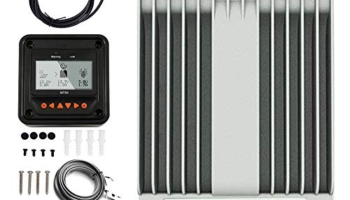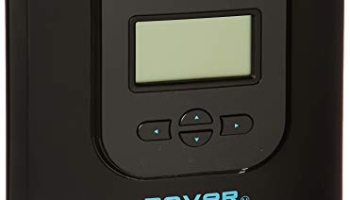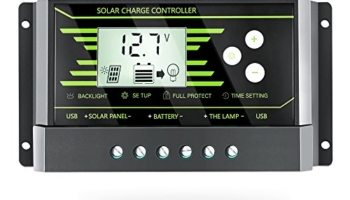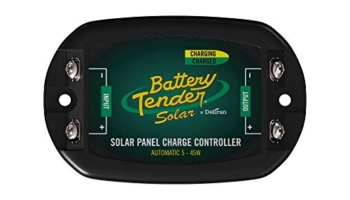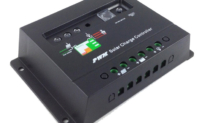
Which Solar Charge Controller is Right for Me?
You may misunderstand that every PV panel more than 140 watts is not equal to a twelve-volt panel. This panel cannot or at least must not be used with any standard charge controller. There is a notable difference on the voltages on the grid from 21 to 60 volts. Some of these panels are basic twenty four-volt panels.
What is the result when you use a standard controller?
Standard and MPPT types of controllers often work with high voltage panels when the charge controller’s maximum input voltage is not exceeded. On the other hand, you will lose more than usual power from 20 to 60% of what a panel is rated at. Charge controls properly take the panels’ output and feed current to the battery until it is fully charged, generally around 13.6 to 14.4 volts. Every high-quality panel can put out so many amps.
The amps from the panel cannot be better than the rated amps when the voltage is reduced from 3.3 volts to 13.6 volts. You will only get 7.6 amps at 12 volts into the battery with a 175-watt panel rated at 23 volts and 7.6 amps. According to Ohms Law, 175-watt panel will only put about 90 watts into the battery.
Use high voltage panels and an MPPT controller
It is the right time to identify how to get the complete power out of solar panels of grid tie type with high voltage is to prefer and use an MPPT controller. You can often series at least two of the high voltage panels and reduce wire loss or use smaller wire because almost every MPPT controls usually takes from one hundred and fifty volts DC to six hundred volts DC on the input side of the solar panel. For example, an input to the MPPT controller is 46 volts at 7.6 amps from the 175-watt panel mentioned above connected in series. However, the controller would reduce it about 29 amps at 12 volts.
TYPES OF CHARGER CONTROLLER
Charger controllers can be categorized based on the price range, size, shape, and features. The usual range of charge controllers is from the small 4.5 amp (Sunguard) control to the 60 to 80 amp MPPT programmable controllers know by their user-friendly computer interface. At least two 40 to 80 amp units are wired in parallel when currents over 60 amps are required.
All battery based systems use the most common controls in the 4 to 60 amp range. But, some advanced MPPT controls go up to 80 amps.
Charge controls come in 3 general types (with some overlap):
- Simple 1 or 2 stage controls depend on relays or shunt transistors for controlling the voltage in one or two steps. These controls just short or disconnect the solar panel once a certain voltage is reached. These charge controls are dinosaurs for every practical purpose. There are some old systems and super cheap ones available for sale on online. The reliability plays the major role in the recognition of these systems. Few components only available in these systems. Thus, there is not much to break.
- 3-stage and/or PWM.These charge controls are industry standard at this time. However, many people still use outdated shunt/relay types around, such as in the inexpensive systems usually offered by both mass marketers and discounters. You can explore overall features of these controls one after another and compare these charge controls with an aim to use the most suitable one based on your requirements.
- Maximum power point tracking (MPPT). These systems are the ultimate in controllers and available at reasonable prices. All users of these systems nowadays get 100% satisfaction. This is because they save money on large systems with 10 to 30% more power to the battery and 94% to 98% efficiency range.
In recent times, leading brands of controllers come with the best in class features like an indicator, a simple LED or a series of LED’s, and digital meters. Many advanced elements have built-in computer interfaces for efficiently monitoring and controlling various aspects of controllers. The basic controllers have a couple of small LED lamps to indicate users to have power and let users get some kind of charge. Many of these controllers have meters designed to indicate both voltage and the current coming from the panels and the battery voltage. Some of these controllers also indicate how much current is being pulled from the LOAD terminals.
WHAT IS EQUALIZATION?
Equalization is a process to equalize all cells in the battery or battery bank in terms of the charge. Fundamentally, it is a period of overcharge in the 15 to 15.5-volt range. You may own some cells in the string lower than others and seek how to let all these cells get full capacity at the same time. You can equalization and get the desired outcome. Equalization serves the important function of creating gas bubbles for stirring up the liquid in flooded batteries. This equalization does not usually do much on a boat or an RV unless you have been parked for over a month. You cannot get enough current from the oversized battery systems and systems with small panels to do much bubbling. A generator + charger are used to equalize batteries in different off-grid systems.
